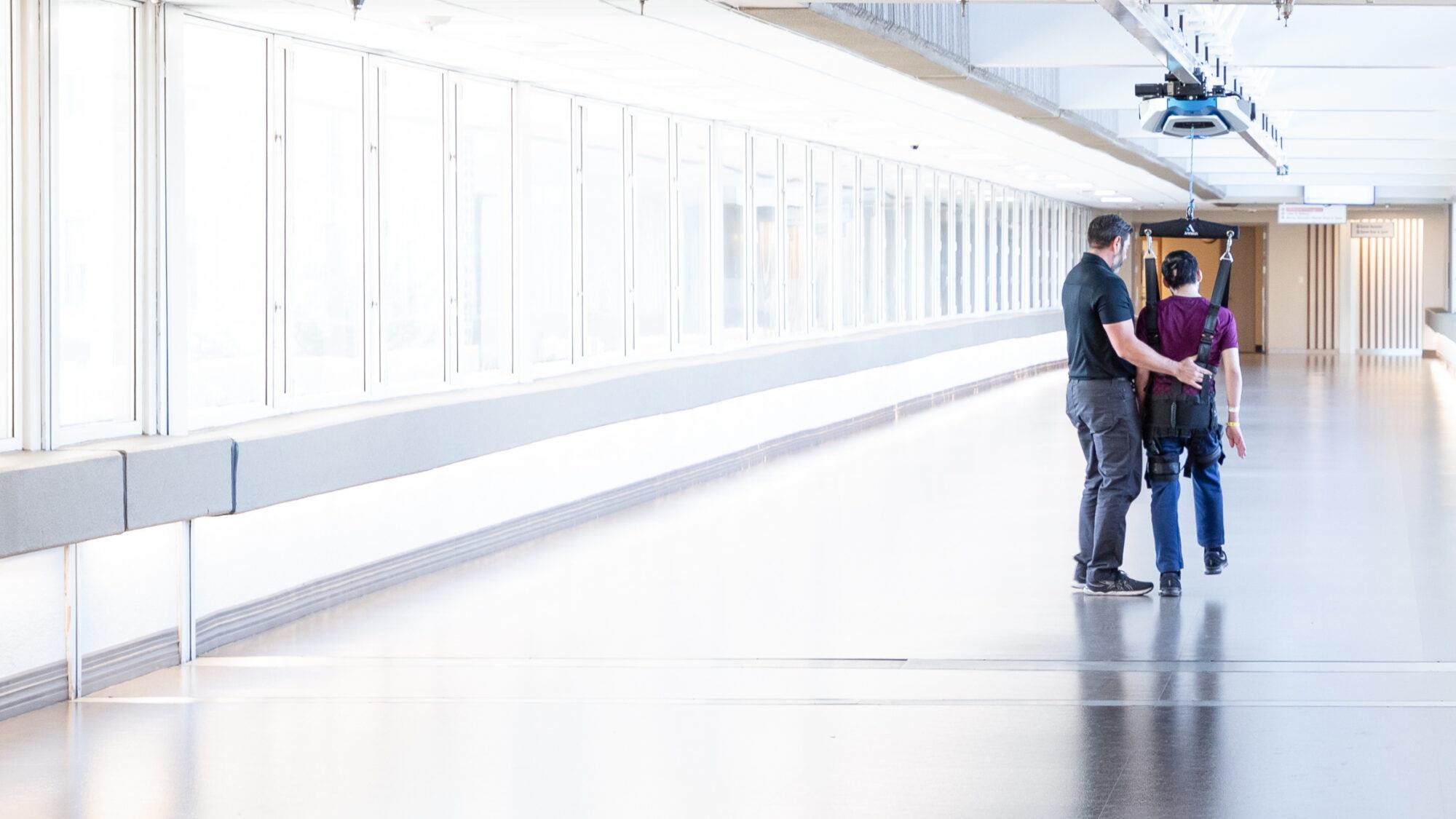
Neuro-Rehabilitation
Neuro-Rehabilitation Overview
Neuro-rehabilitation is the process of helping people who have experienced complex brain and spinal cord diseases, injuries, and conditions return to normal functioning or regain as much function as possible.
The process of neuro-rehabilitation relies partly on the person who has experienced the neurological injury making plans and setting personal goals. Therefore, neuro-rehabilitation is not done to the person who has suffered a brain or spinal cord injury or condition, but a process that is done by the person who has suffered a brain or spinal cord injury or condition. The guidance, support, and assistance of a broad range of professionals are crucial to this process.
Active involvement by the person and their family is vital to the success of neuro-rehabilitation. It also requires active partnership with a range of health and social service professionals. These could include any, or all, of the following:
- Physiatrist
- Neurosurgeon
- Orthopedic surgeon
- Internist
- Other specialty physicians
- Rehabilitation specialists
- Registered dietitian
- Physical therapist
- Occupational therapist
- Speech/language therapist
- Recreational therapist
- Social worker
- Psychologist
- Psychiatrist
- Case manager
- Audiologist
- Chaplain
- Vocational counselor

What is neuro-rehabilitation used for?
Neuro-rehabilitation is used to treat people of all ages who have suffered from a neurological injury, disease or condition and require guidance to return to their everyday lives. Conditions treated through neuro-rehabilitation include:
- Blood vessel disorders in the brain or spinal cord, such as aneurysms, arteriovenous malformations (AVM), and dural arteriovenous fistulae
- Brain injury, including anoxic injury or traumatic brain injury
- Brain tumors, both benign and cancerous
- Degenerative disorders (disorders that get worse over time) such as Parkinson’s disease, multiple sclerosis, amyotrophic lateral sclerosis (ALS), Huntington’s chorea, and Alzheimer’s disease
- Functional disorders, such as headache, seizure disorder, dizziness, balance disorders, and neuralgia
- Infections, such as meningitis, encephalitis, polio, and brain abscesses
- Movement disorders, such as dyskinesia and essential tremor
- Neuromuscular disorders, such as Bell’s palsy, cervical spondylosis, peripheral neuropathy, muscular dystrophy, myasthenia gravis, and Guillain-Barré syndrome
- Stroke disorders such as ischemic strokes (caused by blood clots), hemorrhagic strokes (caused by bleeding in the brain), and transient ischemic attacks (TIA or “mini-stroke”)
Am I a good candidate for neuro-rehabilitation?
Neuro-rehabilitation is best suited for people who are experiencing lingering problems after a neurological injury or disease. People experiencing difficulty with speech, movement, vision, balance, and many other complications of neurological problems can almost always benefit.
Neuro-rehabilitation requires personal maturity to make the commitment to the therapies best suited for their recovery. A person in neuro-rehabilitation will get help and guidance from a team of experts, but they will need to have the will and courage to progress through what can be a very demanding treatment regimen.
It is a common misconception that neuro-rehabilitation needs to take place immediately after a neurological injury to be effective. In fact, it is never too late to start a neuro-rehabilitation program. Many people can get significant benefits and regain noticeable function months or even years after their initial injury.




